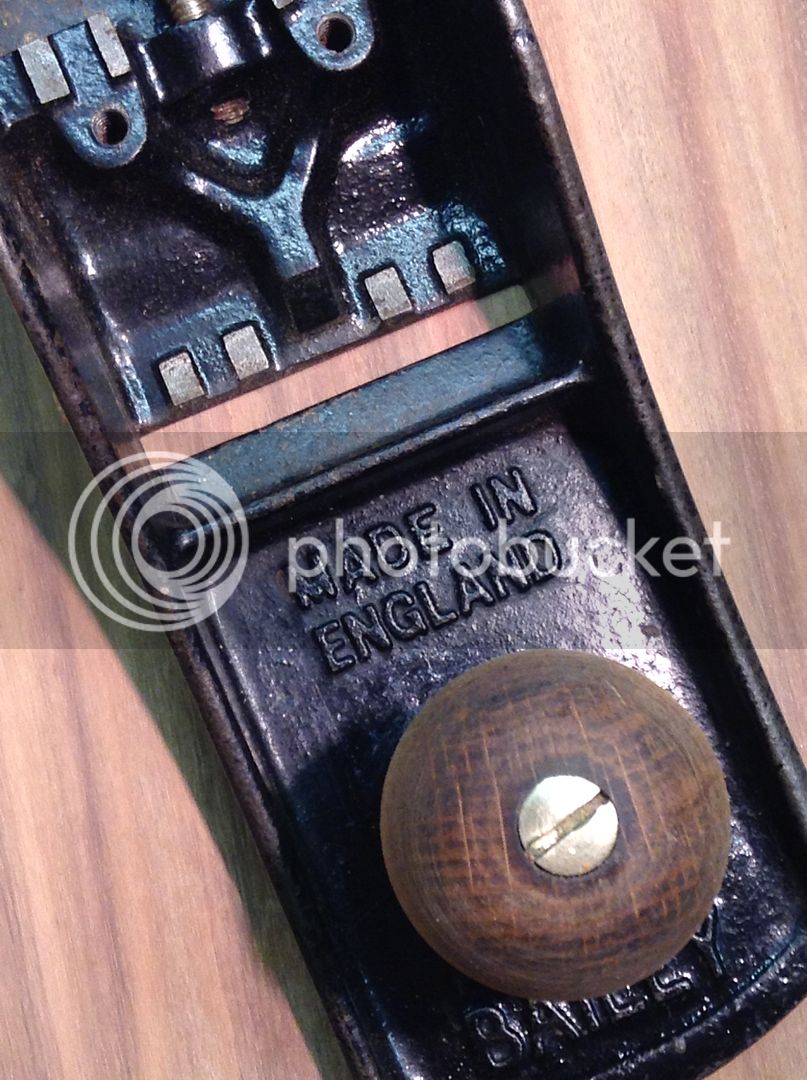whiskywill
Established Member
I have two Stanley 5 1/2 planes, and from online research, they are both type 19 dated 1948-61. One of them, which has a V shaped casting behind the rear handle, has a toothed frog receiver whilst the other, which doesn't have the V casting, is plain. Does anybody know where in the 1948-61 period this plane fits and why were the dentils(?) added? I can't find any reference on line to this for either Stanley or Record planes.
No photograph yet because I have mislaid the camera to computer cable.
No photograph yet because I have mislaid the camera to computer cable.





































